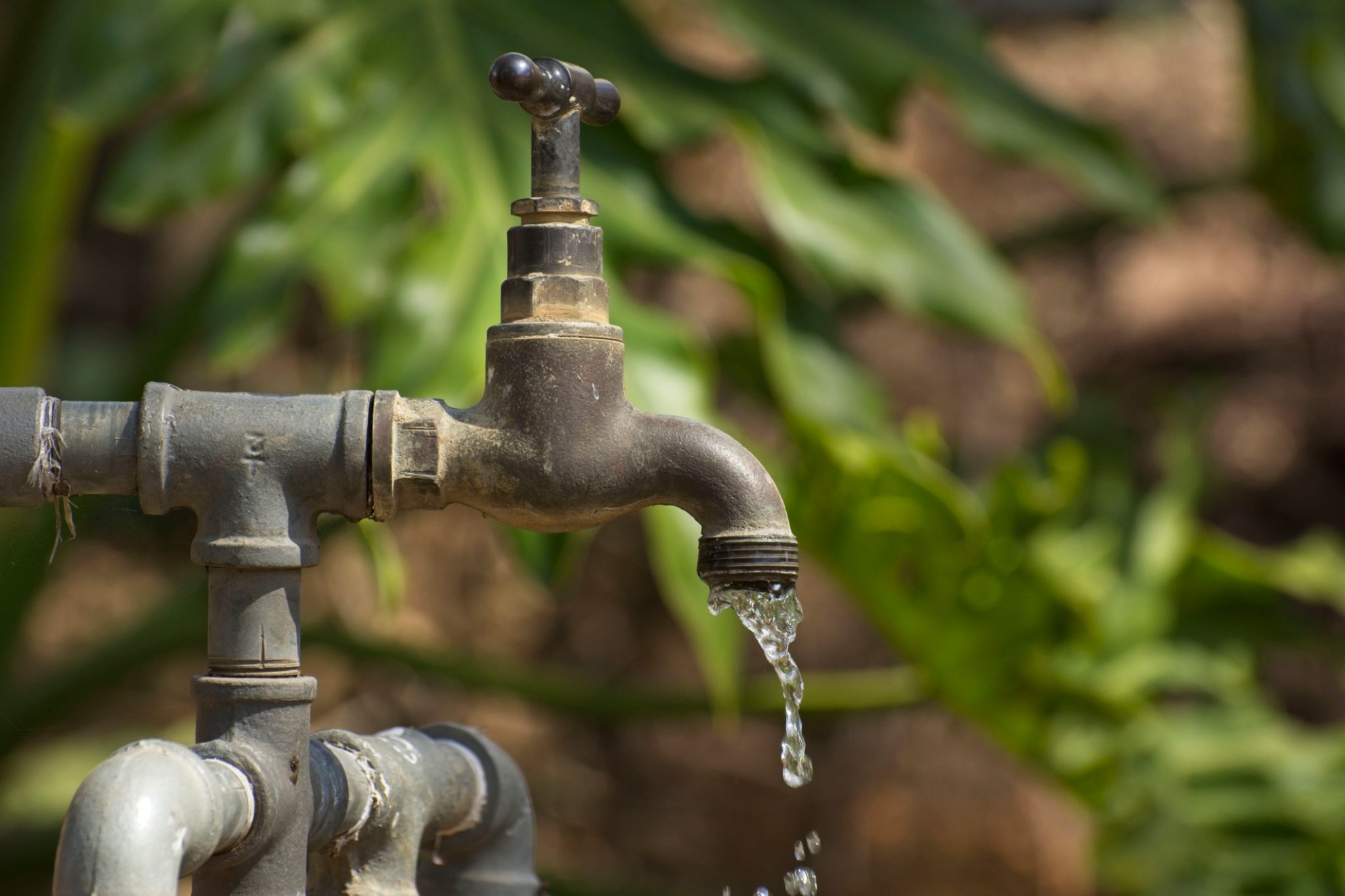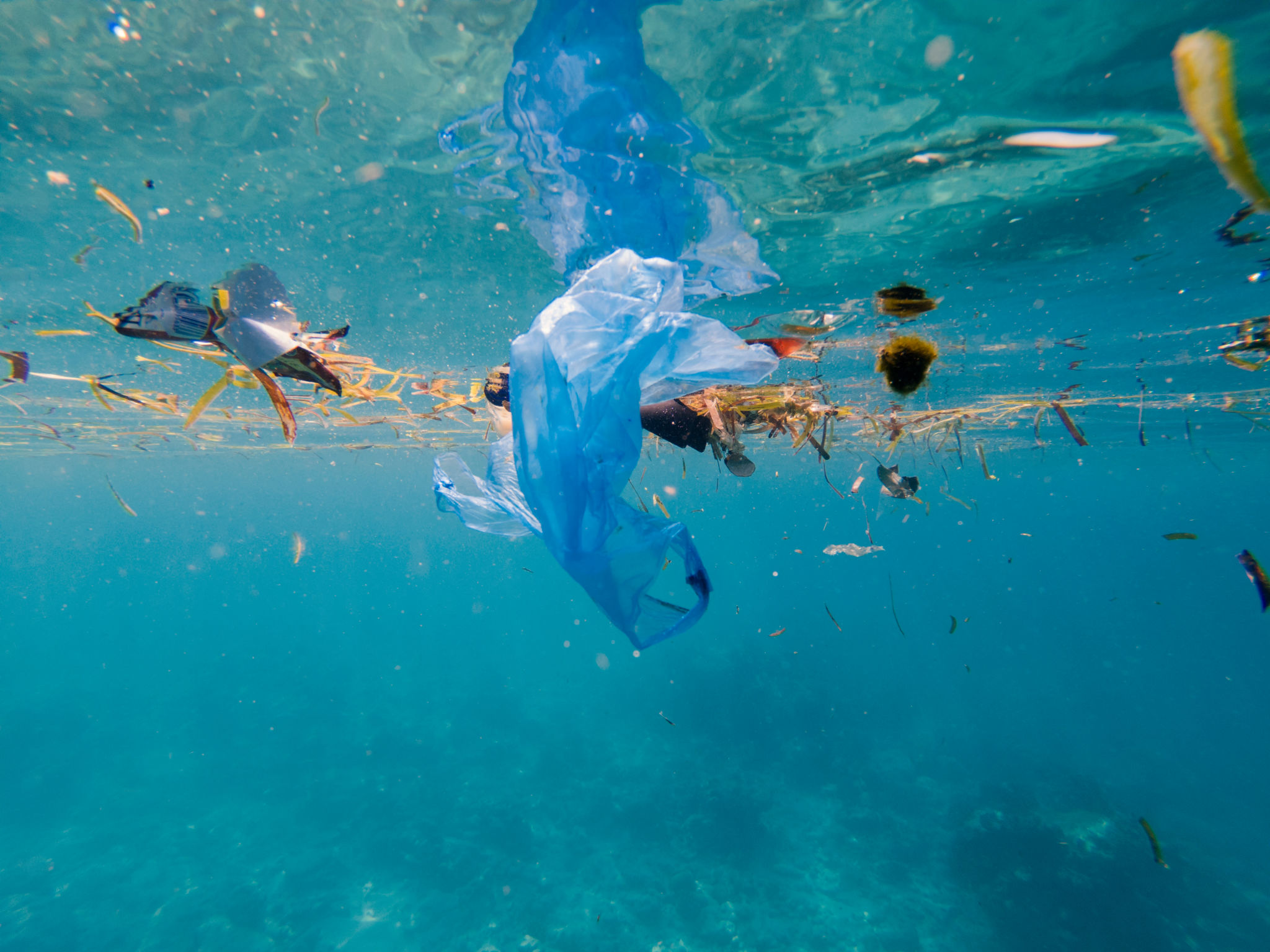The Environmental Impact of Ice Vending Machines
Ice vending machines have become increasingly popular in recent years, providing a convenient way for people to purchase ice for various purposes. However, it is important to consider the environmental impact of these machines and their contribution to climate change. In this blog post, we will explore the environmental implications of ice vending machines and discuss potential solutions to mitigate their negative effects.
The Energy Consumption of Ice Vending Machines
Ice vending machines require a significant amount of energy to operate. They need electricity to power the refrigeration systems that keep the ice frozen and the dispensing mechanisms that deliver the ice to customers. This energy consumption contributes to greenhouse gas emissions, which are a major cause of climate change.

One way to address this issue is to ensure that ice vending machines are equipped with energy-efficient technologies. By using advanced insulation materials and energy-saving components, these machines can reduce their energy consumption and minimize their carbon footprint.
Water Usage and Waste
Another environmental concern associated with ice vending machines is the amount of water they consume. These machines require a constant supply of water to produce ice, and this can put a strain on local water sources, especially in areas experiencing water scarcity.

To mitigate this impact, ice vending machines can be designed to use water-saving technologies such as low-flow faucets and recirculation systems. Additionally, implementing water recycling and filtration systems can help reduce water waste and ensure that the water used in the ice-making process is clean and safe.
Plastic Packaging and Waste
Many ice vending machines dispense ice in plastic bags or containers, contributing to the already significant problem of plastic waste. These single-use plastics often end up in landfills or pollute our oceans, posing a threat to wildlife and ecosystems.

To address this issue, ice vending machines can be designed to offer more sustainable packaging options. For example, biodegradable or compostable bags made from plant-based materials could be used instead of traditional plastic bags. Encouraging customers to bring their own reusable containers can also help reduce plastic waste.
Transportation and Emissions
The transportation of ice from manufacturing facilities to vending machine locations also contributes to the environmental impact of these machines. The emissions from delivery vehicles add to air pollution and greenhouse gas emissions.

One way to tackle this issue is to optimize the logistics of ice delivery, ensuring that routes are planned efficiently to minimize fuel consumption and emissions. Additionally, exploring alternative transportation methods such as electric or hybrid vehicles can further reduce the carbon footprint associated with ice transportation.
Conclusion
While ice vending machines offer convenience and accessibility, it is crucial to consider their environmental impact. By implementing energy-efficient technologies, water-saving measures, sustainable packaging options, and optimizing transportation logistics, we can significantly reduce the negative effects of these machines on the environment.
As consumers, we also have a role to play. Choosing to support ice vending machines that prioritize sustainability and environmentally friendly practices can make a difference. Together, we can ensure that ice vending machines are not just convenient but also environmentally responsible.
